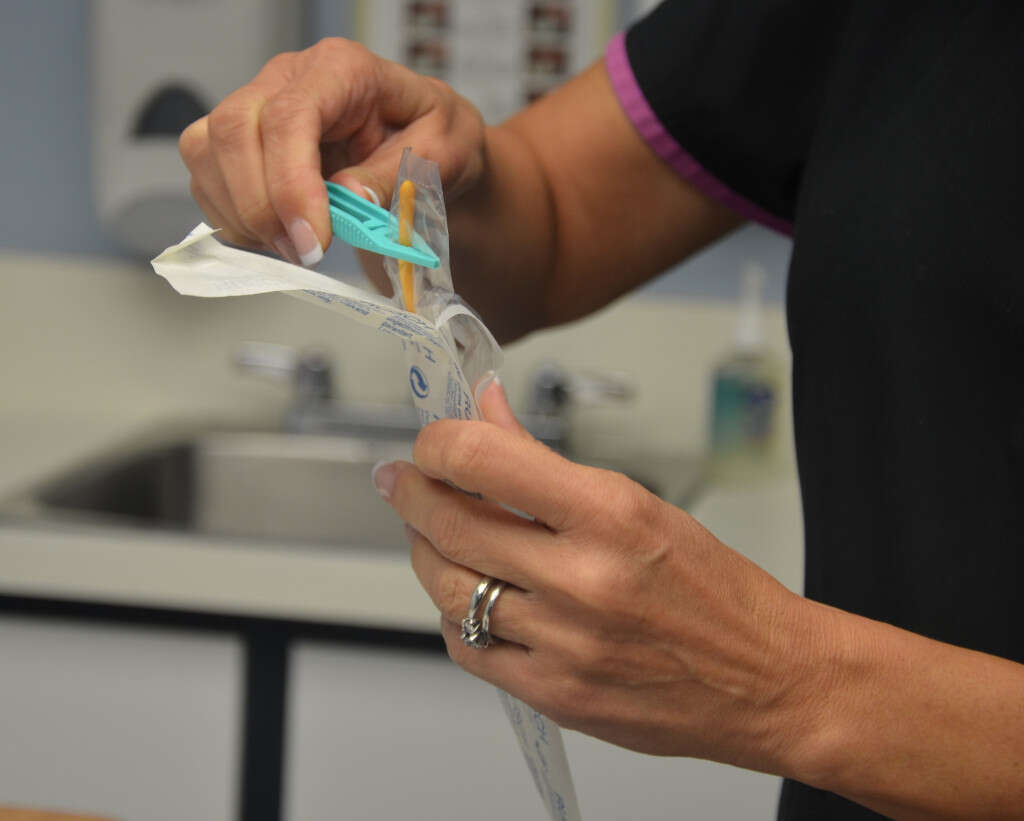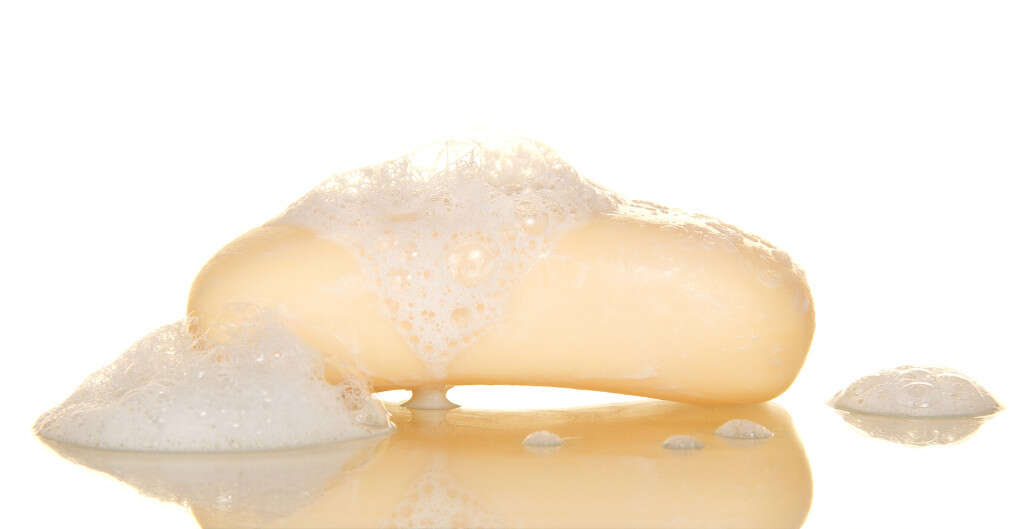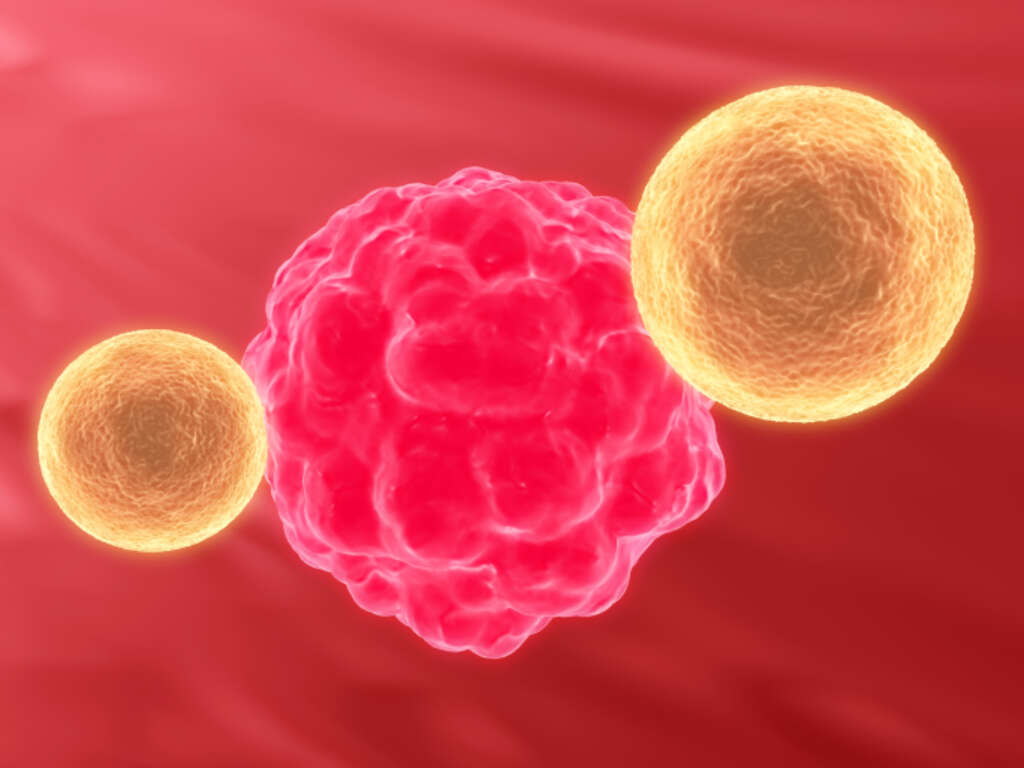10 Causes of UTI
A urinary tract infection or UTI refers to an infection that affects the urinary tract. It is known as a bladder infection or cystitis if it affects the lower urinary tract. When it affects the upper urinary tract, it is also known as a kidney infection or pyelonephritis. Individuals with a urinary tract infection may experience dysuria (pain during urination), increased frequency of urination, fever, flank pain, feeling of incomplete voiding, and, occasionally, blood in the urine.
However, in the extreme of ages, symptoms of a UTI may be nonspecific and vague. One of the commonest pathogens that causes a UTI is Escherichia coli. A kidney infection may occur as a bladder infection worsens and spreads upward. However, it can also occur due to a blood-borne infection. A urine culture may be useful in cases where the standard treatment fails. The usual treatment for a UTI involves a short course of trimethoprim/sulfamethoxazole or nitrofurantoin. It is important to note that resistance to the standardized antibiotics is increasing. In more severe cases, intravenous antibiotics or a longer course may be required.
Individuals who experience frequent infections may benefit from a long course of antibiotics. Approximately 150 million individuals experience UTIs annually. UTIs are more common among women compared to men due to their shorter urinary tract.

Cause #1: Vesicoureteral Reflux
Vesicoureteral reflux is a condition where the urine flows backward from the bladder into the ureters and kidneys. In normal situations, urine usually flows from the kidneys and ureters to the bladder with the help of a valve present in the ureteral bladder junction to prevent backflow.
About 50 percent of children with this condition are asymptomatic. However, it increases the risk of bladder and kidney infections (UTI), which may prompt the testing for a reflux after a child experiences one or more infections.

Cause #2: Catheterization
Catheterization can sometimes cause a UTI. It is one of the common causes of a UTI in the hospital. An indwelling catheter refers to a tube that helps to drain urine from the bladder into the bag after it is inserted into the urethra.
A catheter may be necessary in situations where patients are unable to control their bladder function, surgery, or if there is a need to monitor urine production. In a catheter-related UTI, symptoms include urine that is cloudy, bloody, has a strong odor, suprapubic discomfort, fever, chills, vomiting, and more.

Cause #3: Feminine Products
Feminine products such as sanitary pads and tampons are a necessity. However, there are also products such as intimate washes that may increase the risk of UTIs and yeast infections.
There are many studies that have found that vaginal cleansers, intimate wipes, lubes, and moisturizing creams increases the risk of infection as it disrupts the natural balance of vaginal microbiomes. The researchers have also warned that these imbalances can lead to reduced fertility, pelvic inflammatory disease, bacterial vaginosis, and a higher susceptibility to sexually transmitted diseases.

Cause #4: Kidney Stones
Kidney stones occur when there is a solid material that develops in the urinary tract. It usually occurs in the kidney and exits the body via the urine stream. While a small stone may not cause any symptoms, a stone more than 5 millimeters can result in blockage of the ureter leading to severe pain in the loin, groin, and lower back. It can also cause blood in the urine, dysuria, nausea, and vomiting.
Risk factors of kidney stones are obesity, high urine calcium levels, certain medications or foods, inadequate fluids, hyperparathyroidism, and calcium supplements.

Cause #5: Intercourse
Intercourse is one of the common causes of UTIs among women as the act of sexual intercourse may introduce bacteria into the female urinary tract. During intercourse, the urethra potentially comes into contact with bacteria from the anus and other parts of the genital area.
This allows the bacteria to enter the urethra, bladder, and upward toward the kidneys resulting in a UTI. It has been estimated that as many as 80 percent of premenopausal women who have a UTI have had sex in the past 24 hours. When a woman starts to become sexually active or has sex with a new partner, there is a higher risk of UTI.

Cause #6: Dehydration
Dehydration occurs when the loss of fluids exceeds the intake of fluids. While some studies have not been able to find the connection between dehydration and a UTI, it has been postulated that dehydration leads to decreased urine output.
One of the functions of urination is the “cleansing” of the urethra as the outflow of urine prevents the accumulation of bacteria in the urethra. When there is decreased urine output, the intervals between urination increases allowing the bacteria to accumulate and move up the urinary tract resulting in an infection.

Cause #7: Birth Control
There are certain birth control methods that may increase the likelihood of contracting a UTI as it contributes to bacterial growth. Women who use a spermicide, diaphragm, or spermicide lubricated condom have a higher risk of a UTI. Therefore, women who often develop UTIs and are using one of the above methods can try switching to a water-based lubricant or a different method of birth control to see if it helps.
Women with frequent UTIs are also often advised to take showers (instead of baths), wear cotton underwear, and avoiding tight clothes as they may trap bacteria. However, this advice is not supported by scientific data.

Cause #8: Diabetes
Patients with diabetes have a predisposition to UTIs as they have an increased susceptibility due to defective host immune factors and high urine glucose content. The higher blood glucose content causes the neutrophil dysfunction as there are higher calcium levels that interfere with their function.
With time, diabetics may also develop nephropathy, cystopathy, and other renal complications that increases the risk, severity, and frequency of UTIs.

Cause #9: Holding It
Individuals who hold their urge of micturition also have a higher risk of developing a UTI as it means that the intervals between urination are increased. This allows the colonization of bacteria in the urethra that causes a UTI.
The accumulation of urine in the urinary tract for extended periods of time also exposes the body to harmful bacteria. Not only does holding in pee increase the risk of a UTI, it can also weaken the bladder muscles resulting in urinary retention.

Cause #10: Periurogenital Spread
Periurogenital spread refers to one of the most common mechanisms related to UTI apparition. Due to the anatomical proximity between the urogenital apparatus and the anus in females, it is possible for bacteria to reach the urethra, especially E. Coli, causing an infection.
For this reason, it is important for females to have a proper hygiene habit, involving wiping from the front to the back to prevent further translocation of bacteria from the anus into the urethra.










